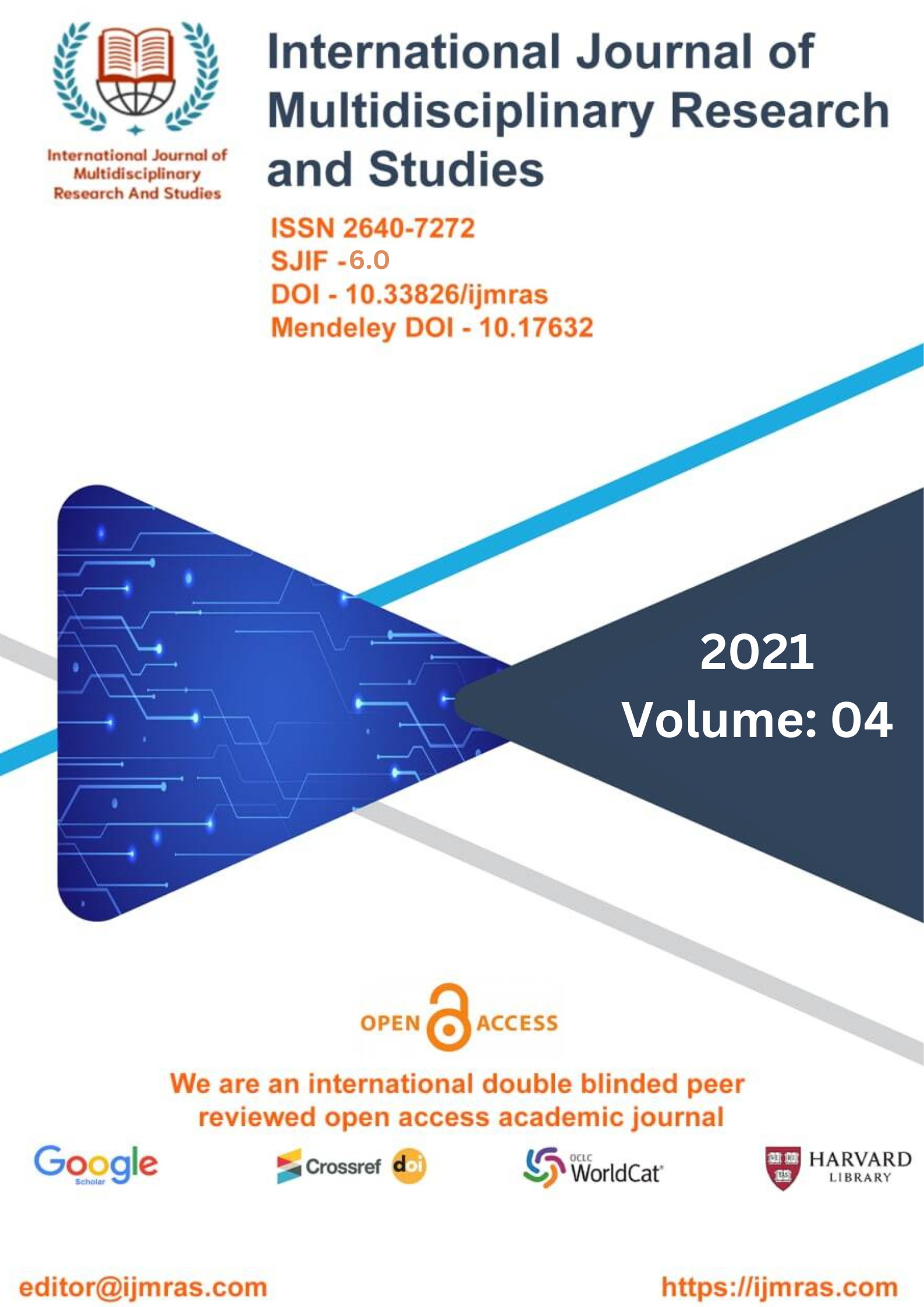A Study on Transnational Cultural Spaces in Bollywood Cinema

Abstract
Bollywood cinema has shifted from projecting anti-colonial understandings of moral and sexual female boundaries to emphasizing a more liberated, diasporic female figure, in the last three decades. The genre has traditionally found ways to restrict feminine sexuality within the confines of a nation-state, and only in a post-nation-state world, within transnational cultural spaces, can the female figure achieve some degree of liberation. The present research paper chronologically explores the development of depictions of females in the Indian diaspora in five major Bollywood films: Pardes, Dilwale Dulhania le Jayenge, Kabhi Khushi Kabhie Gam, Salaam Namaste and Love Aaj Kal.
Keywords
Culture, , Bollywood, Cinema, Women, Film StudiesHow to Cite
References
• Bhattacharjee, “The Habit of Ex-Nomination,” 31.
• Indian Sociology 32. 1998
• Mankekar, “Brides who travel,” 750-51; 754.
• Mankekar, Purnima. “Brides who travel: gender, transnationalism, and nationalism in Hindi film” Positions 7. 1999.
• Mohammad, Robina. “Phir Bhi Dil Hai Hindustani (Yet the heart remains Indian) Bollywood, the ‘homeland’ nation-state, and the diaspora.” Environment and Planning D 25 2007.
• Uberoi, “The diaspora comes home,” 326.
• Uberoi, Patricia. “The diaspora comes home: Disciplining desire in DDLJ.” Contributions.
License
Copyright (c) 2021 Dr. DATTATRAYA MUKUNDRAO MORE

This work is licensed under a Creative Commons Attribution 4.0 International License.
Individual articles are published Open Access under the Creative Commons Licence: CC-BY 4.0.



